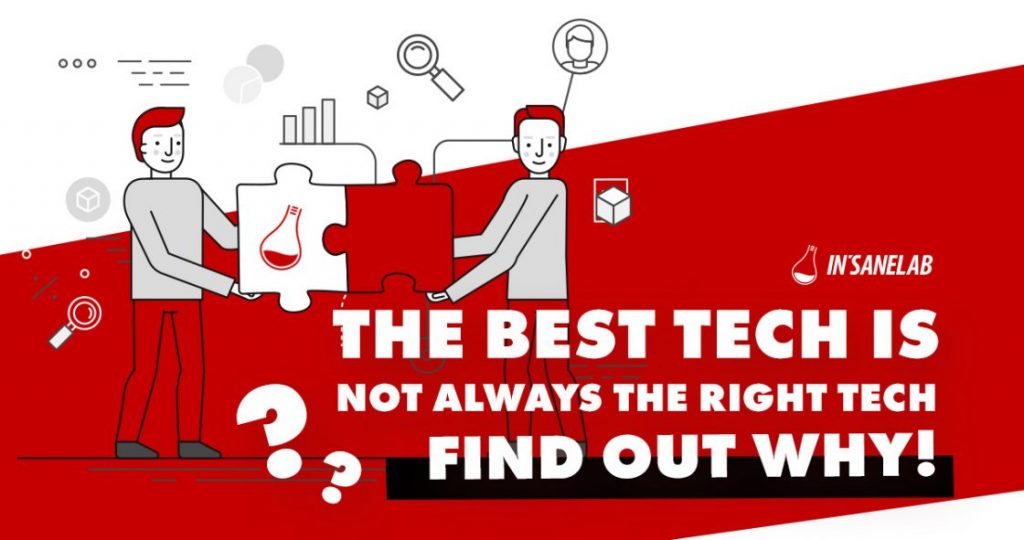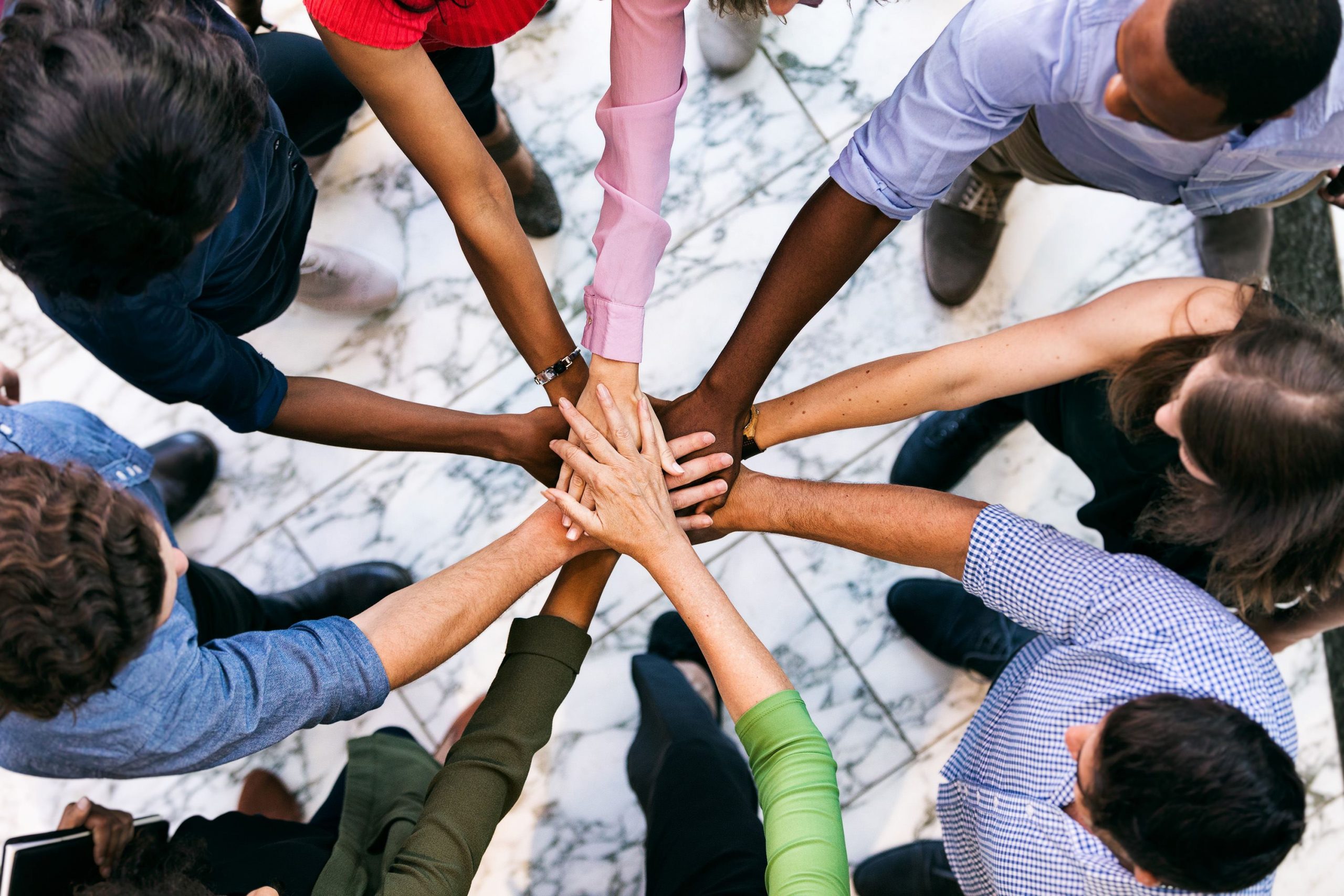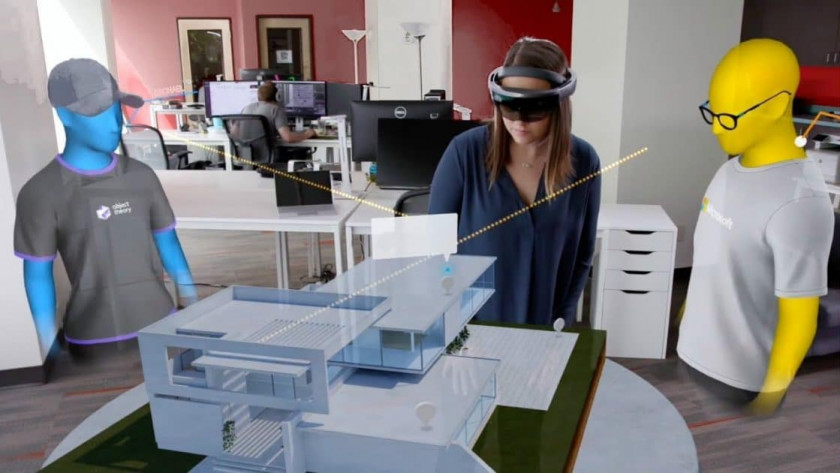HoloLens and Mixed Reality can help to transform the way you work. But I will not describe how this new dimension of work will enable you and your coworkers to place information where they need it in a real-world context. That is more or less obvious and has been promoted through Microsoft’s marketing team over and over.
But how about implementing Mixed Reality for virtual conferences? Imagine seeing avatars of other attendees. You would be basically like a Jedi council, not a company having weekly telco’s.
Mixed Reality can help your company to become — basically — a real-life Jedi council
As you may point out, however, business is not about becoming a Jedi. It is about effectiveness and profiting through creating as much value as possible. Mixed Reality contributes to that substantially. Imagine that instead of traveling to another city, or country for that matter, you can just click and connect — and, in consequence, have an almost “real life” meeting.
That is just one example. Ford — and mixed reality’s practical implementation — is another. At Ford’s immersive Vehicle Environment Lab (FiVE), the company brings designers and engineers together. PCMag describes how Elizabeth Baron, Virtual Reality and Advanced Visualization Technical Specialist experiments to bring a new dimension of teamwork in a corporate world. “Through immersive, digital storytelling, she brings together product development, design, and engineering teams to experience a product before it is even developed,” as we can read on Ford’s website.
“This lab provides communication between different disciplines,” Baron explains. The immersive environment allows to embed a car model with a lot of inherent data, and then show it — in real time — to the entire team. Keeping in mind the challenges in communication between engineers and designers. More than that — the lab facilitates collaboration between the US, England, Germany, Brazil, Mexico, Australia, India, and China on a regular basis. According to Ford, it is much easier and more efficient to brainstorm, troubleshoot, and speed up the concept works. As we can read on PCMag, “this photo-realistic environment enables 88 people, at any one time, to participate in real-time product evaluations, in advance of any physical builds.



